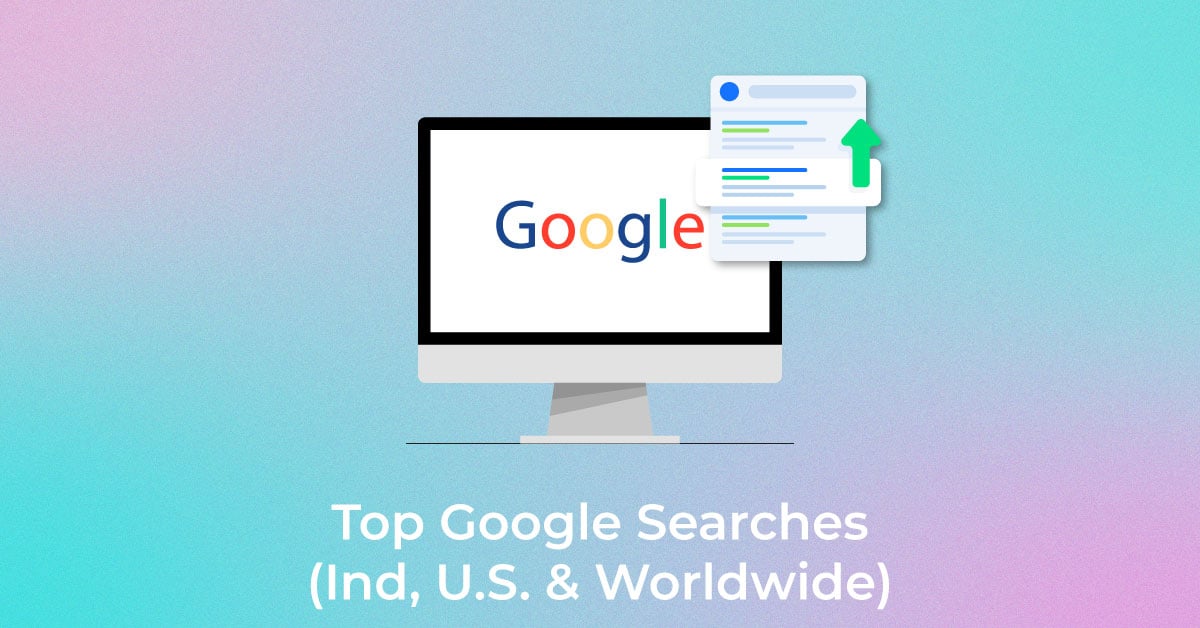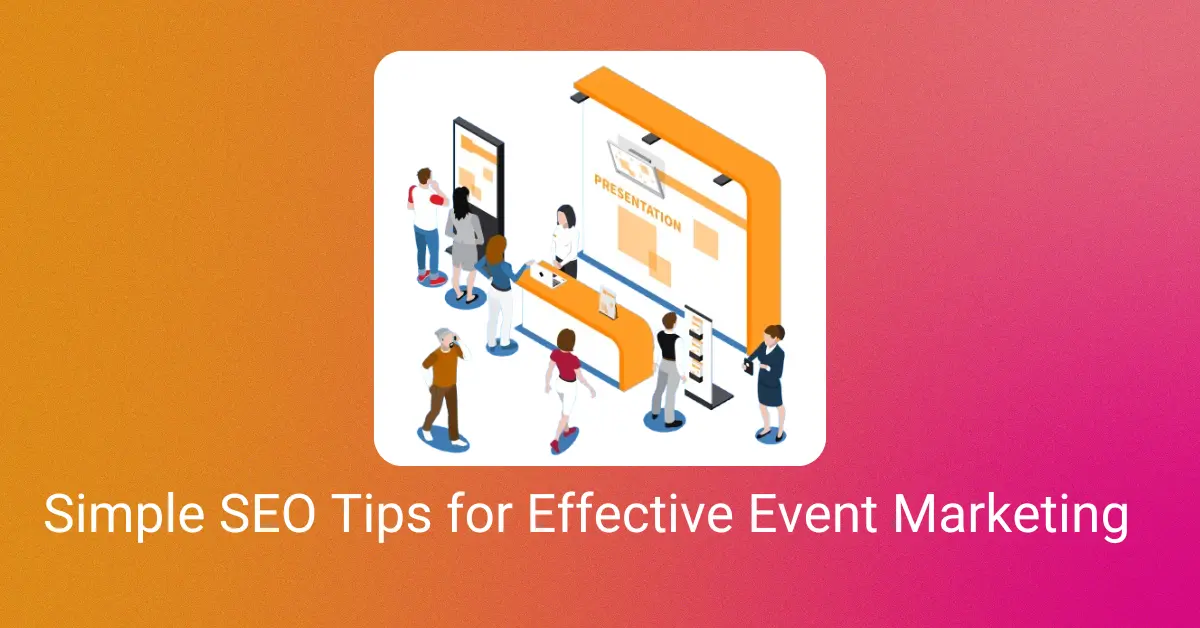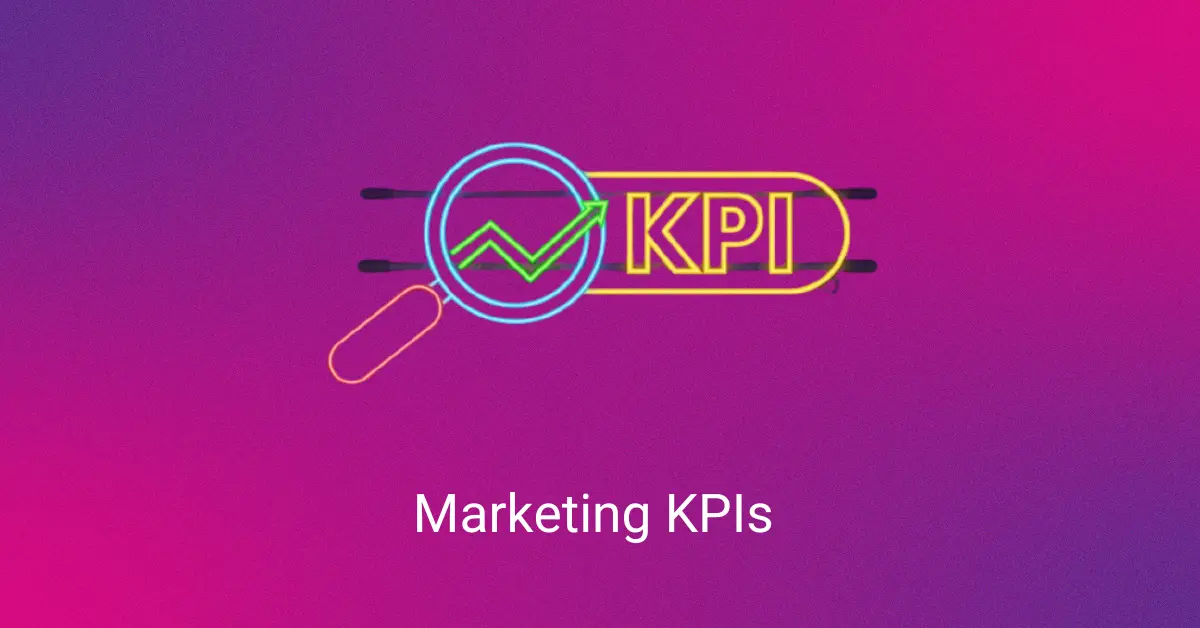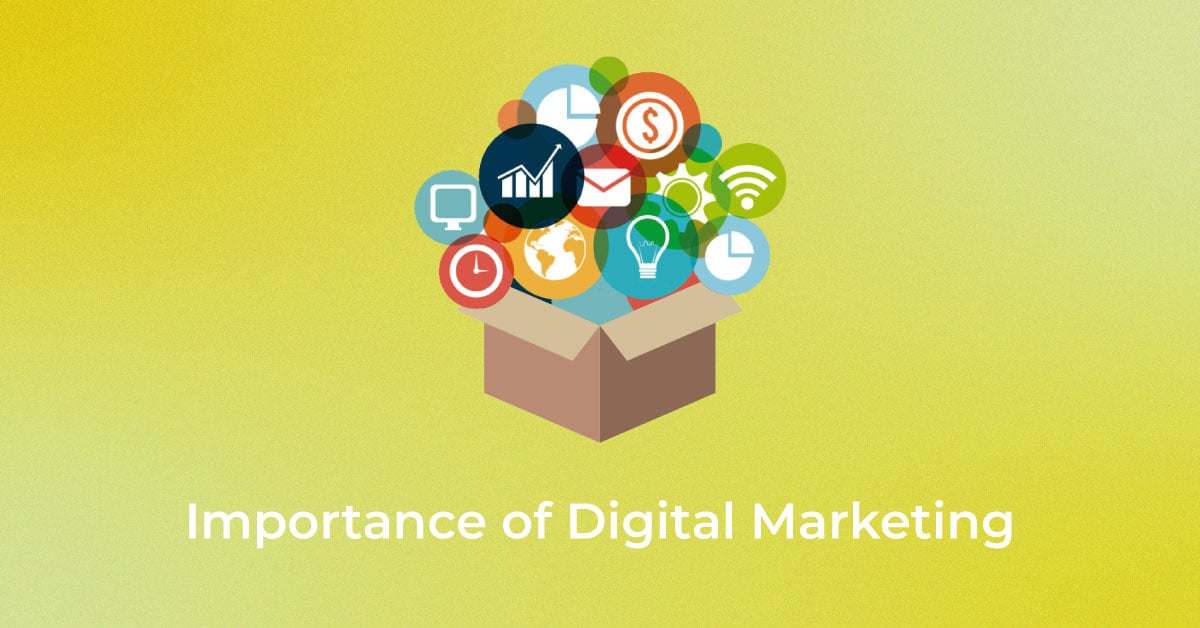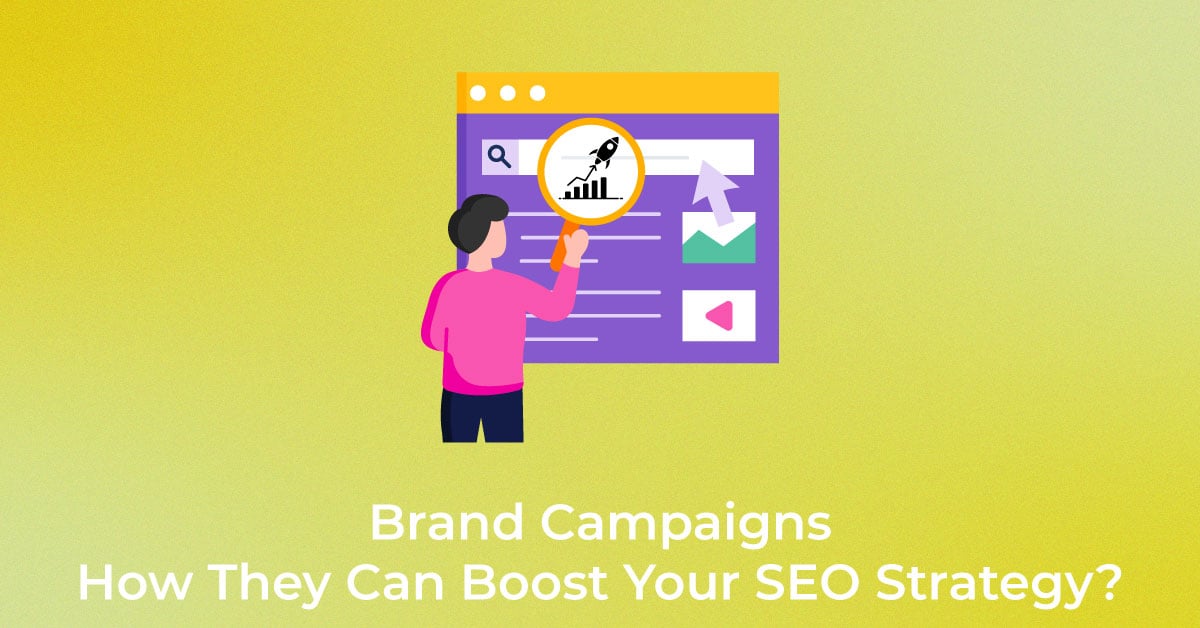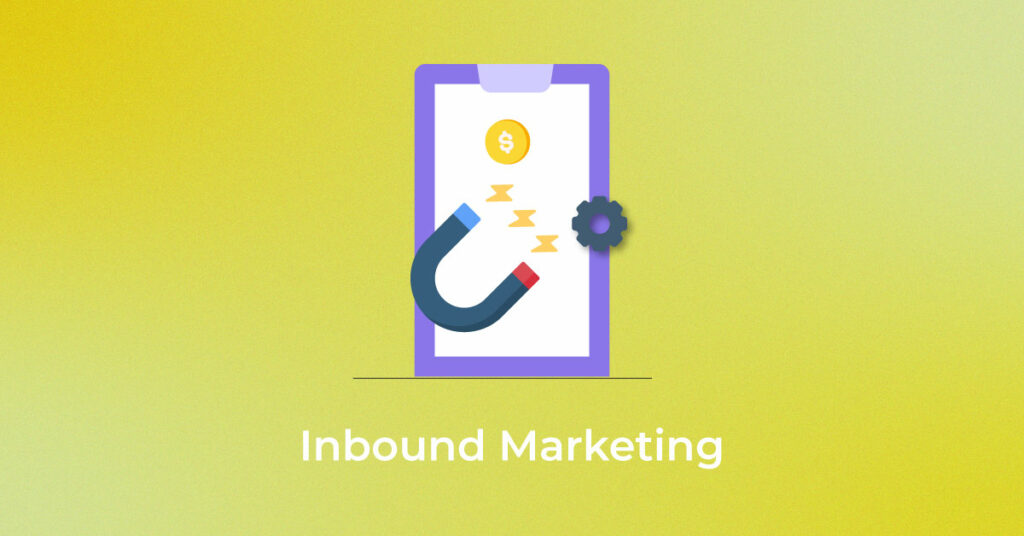|
Getting your Trinity Audio player ready...
|
What is Inbound Marketing?
The popularity of a store can be gauged by the number of footfalls it receives. Not every individual who visits a brick-and-mortar store would be converted into a paying customer as they might not find what they are looking for.
With the Internet’s surge, customers rarely visit stores for their search. Research shows that 63% of consumers have started shopping online. Before purchasing, they search for a product or service they need, or content that solves their problem.
For businesses, the best way to become discoverable by these potential customers is to focus on inbound marketing, i.e., attracting prospects to your product, service, or content using (Search Engine Optimization) SEO services, content marketing, social media marketing, and more.
Inbound marketing is ‘pulling’ potential customers in, rather than outwardly pushing your brand, product, or service onto them, using a combination of marketing channels. It refers to attracting, converting, closing, and delighting your customers to turn them from prospects to promoters for your business.
Types of Inbound Marketing Content Types
While there are many types of inbound marketing, some inbound marketing examples include:
- Blogs
- Videos/Reels/Shorts
- Infographics
- News Articles
- Research and case studies
- Whitepapers and e-books
- Social media
- Slide share, etc.
What is the process of inbound marketing?
Once you know what is inbound marketing, it is easier to understand the process and methodology involved. Inbound marketing involves four phases – attract, convert, close, and delight. There are specific inbound strategies to woo your customers at each phase. Your prospects turn from strangers to becoming promoters of your brand as the campaign moves up the marketing funnel.
Inbound marketing works well with outbound
Inbound and outbound marketing strategies are best applied in tandem with each other. While inbound marketing grants you a great supply of content, your outbound strategies determine how effectively it reaches your audience beyond search result discoveries.
The marketing team can utilize insights from the sales team to realign motives and connect better with prospects.
Outbound marketing relies on a proactive approach, whereas inbound is more reactive. Inbound marketing helps to find high-quality leads who are already interested in your product or service. Outbound marketing approaches those leads directly and converts them.
It provides what your audience is seeking
Inbound marketing focuses on building long-term customer relationships. Converting and engaging customers helps sustain buyer journeys and connect them with the product, service, or business at the personal level.
You immediately gain their trust when users read an interesting blog on your website that solves their queries. This trust can slowly be converted into customer loyalty by introducing inbound marketing tactics via multiple channels.
The visibility your business gains through inbound marketing is organic and much more rewarding than outbound strategies, moving new leads up the purchase funnel.
Types of Inbound Marketing Strategies
Attracting strategies
The first step to reaching and attracting your target audience should be creating and publishing content relevant to their buyer personas and search intent. Content creation and development should provide value to your prospective customers to drive them to your website again.
Some inbound marketing examples to attract target customers include how-to guides, blogs providing information on how your solution can solve your target’s challenges, testimonials, and information relating to promotions and discounts.
You can use Google Analytics to discover new trends and what your customers are searching for. The insights gained can be used to design an SEO strategy and optimize content using keywords.
Engaging strategies
Engagement is the next stage in inbound marketing and requires communication and efforts in a way that promotes long-term relationships with customers. At this stage, you should focus on providing information that tells your customers why your business will grant them value in the long run.
Some useful strategies can be handling inbound calls from interested people. Care should be taken on how you communicate and handle inquiries from prospects. Also, the focus should be on selling solutions rather than products. For example, you may use automated emails to remind customers of items in their abandoned carts and prompt them to complete the purchase.
Delighting strategies
Beyond sales, seeking feedback using well-timed chatbots and surveys can delight customers, who feel valued when asked about their experience or feelings about a product.
Satisfaction surveys and other kinds of surveys should be conducted during the customer journey, and the feedback derived must be used to improve the product or service. Chatbot assistants have become a regular feature on websites where customers can approach the help desk with queries and feedback.
Additionally, sending a thank you message, offering discounts and sales information, and sending personalized follow-up emails can be other strategies to delight your customers.
Social media listening
This strategy is fast gathering relevance on social media, where brands get into one-on-one interaction with their customers. Often, people approach a particular brand’s business page or profile to write reviews, ask queries, or seek discussions with the representatives regarding their experience with the product or service.
Such interactions should be valued and responded with relevant information and answers that may help the followers. When brands tackle social media listening, they gather insights into what is clicking well with its customers and make them feel like they are a part of the growth process.
Who uses inbound marketing?
Inbound marketing is for everyone seeking to build relationships with their customers at a deeper level by providing solutions to their problems. The marketing efforts are focused on answering questions that your target audience is asking. Thereby increasing your relevance and engaging customers in meaningful relationships.
While inbound marketing is recommended for everyone, small businesses especially benefit from it. This is because inbound involves developing and managing a library of content that will define the voice and authoritativeness of your brand. This content can be repurposed for multiple social media channels and updated now and then to remain interesting and relevant for your audience.
The efforts can be made on a small or large scale, but the benefits from the inbound strategy require time and resources from the businesses to show results. However, with small efforts like creating compelling content, writing catchy headlines, developing a customer persona using Facebook insights, etc., brands can make a huge impact on their audience.
Why use inbound marketing?
Managing inbound strategies on multiple channels manually or through automated marketing is needed for the primary motive of gaining visibility among your target audience and setting up a favorable brand image.
While inbound marketing may not give you immediate sales or well-qualified leads directly, it helps you build a strong brand reputation and determines how your audience considers you. This slowly trickles down into improved sales numbers.
However, the inbound strategy isn’t entirely about sales or conversions. It is more about helping people find solutions to their problems so they return to your website, thus generating repeat traffic. Inbound marketing is also great for word-of-mouth publicity.
Once done right and with enough time, your inbound marketing efforts can enhance engagement levels by offering personalized content to visitors, leading to more conversions, repeated sales, and long-term relationships.
How to begin using your inbound marketing plan
You can begin using your inbound marketing plan to build long-term customer relationships by investing your efforts in the following:
Content and SEO
Content optimized for SEO helps target the ‘right fit’ customers, i.e., the people who already have an interest in the things your company provides. SEO-optimized content will help them discover you in SERPs. But you should focus on engaging customers by creating quality content that makes them keep coming back.
Inbound marketing for small business
Inbound campaigns are inexpensive to build and manage. Small businesses have closer relationships with their customers, which makes it easier to identify content that resonates with their audience. The result – you have a library of content that you can keep updating and promoting using outbound strategies.
Tools and technology
A multi-channel inbound marketing strategy can get overwhelming, given the complexity and finetuning. Marketing automation can be a great tool for managing such campaigns. You can also get invaluable insights into audience engagement on your content via powerful data analytics from such automation tools.
Channels and platforms
The success of your inbound marketing strategy is dependent on the platforms your prospects are active on. So curate content suited for such platforms and build engagement. Similarly, your website is the face of your company. Work on your CTAs and content placement to grab user attention and build leads.
Marketing and sales alignment
Alignment and communication between the sales and marketing teams are paramount to building a campaign that attracts, engages, and delights the target audience. Your prospects can be your future customers depending on how well your sales team connects with them.
Integrating with outbound
Integrating your inbound marketing strategy with outbound initiatives as often as possible can be a great way to build a consistent marketing strategy. You can also use an integrated plan to segment your target audience into an existing client base and new prospects according to specific industries and niches.
Conclusion
The best inbound marketing strategy would be targeted toward answering questions of the people you want as customers. It should be about knowing who your customers are, what they are looking for, and how you can help them.
Inbound marketing is a highly effective way to attract leads, engage them, and convert them into loyal customers cum promoters. It all comes down to how well you are able to understand the needs, aspirations, and problems of your customers and develop content that attempts to solve these identified needs.
Popular Searches
How useful was this post?
0 / 5. 0










